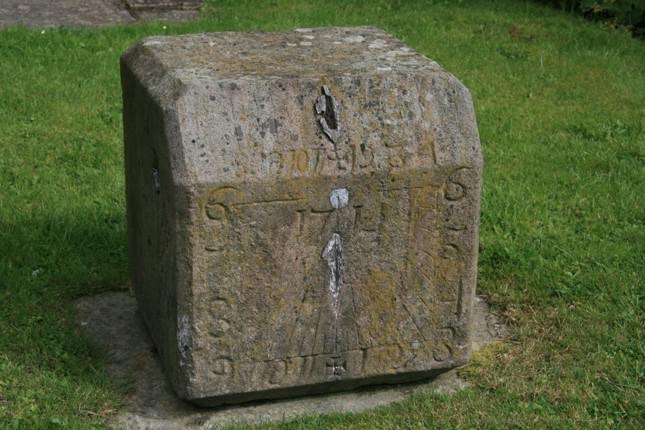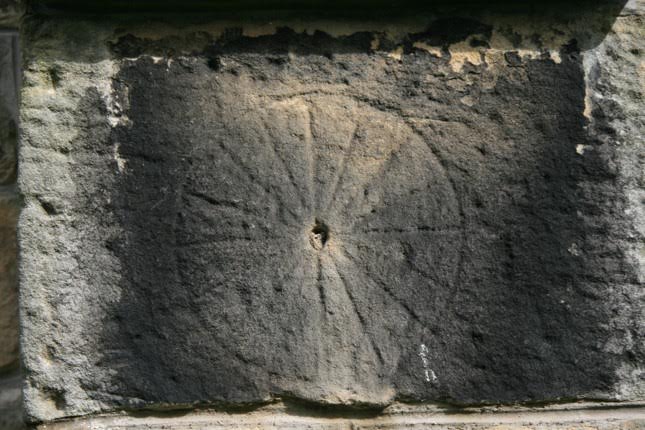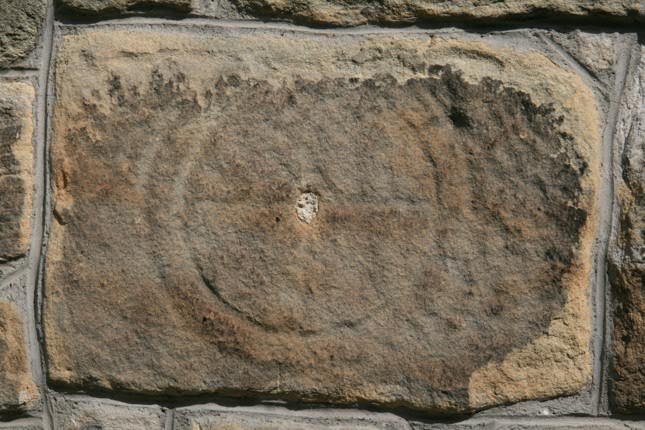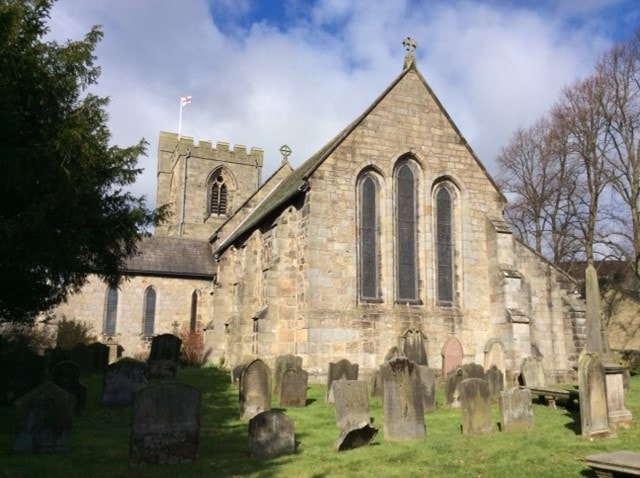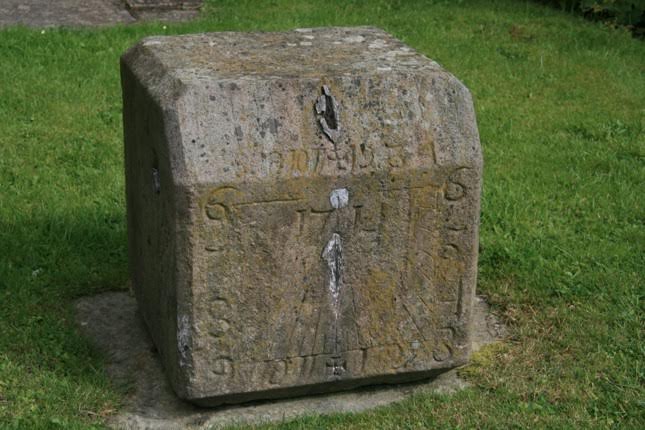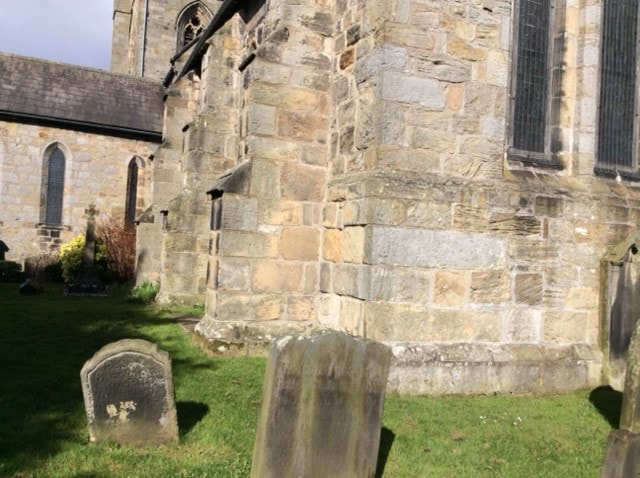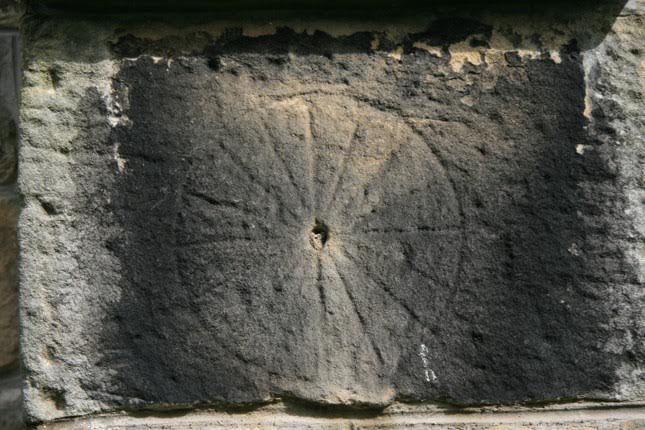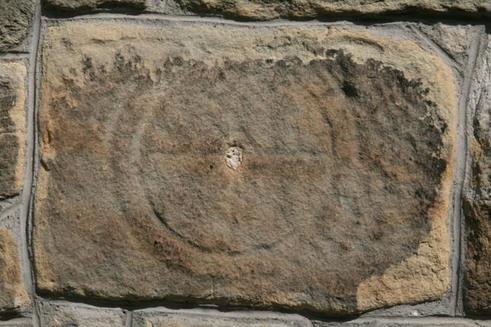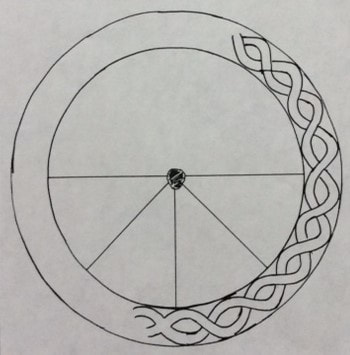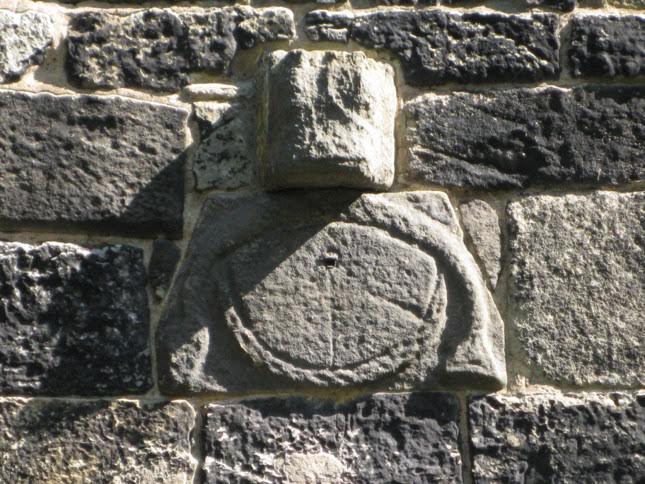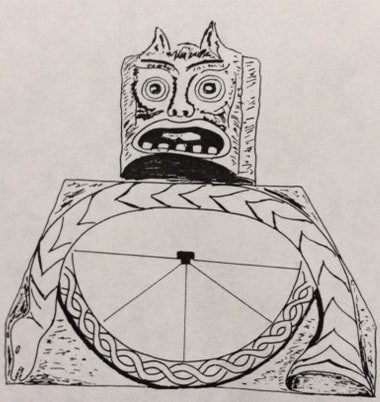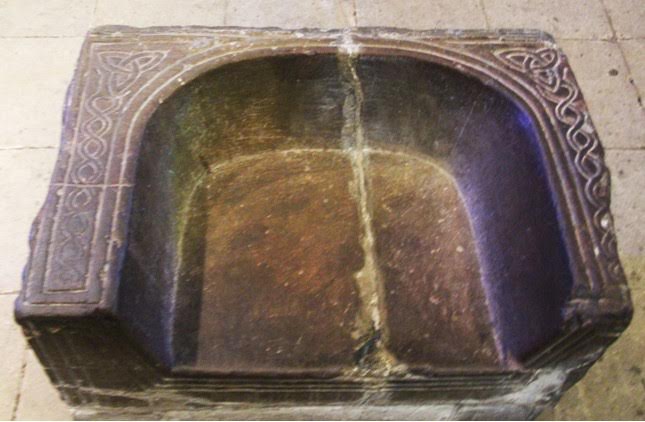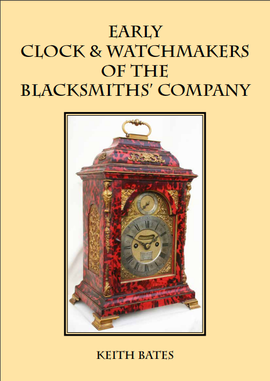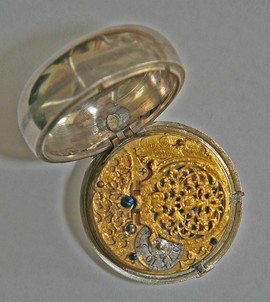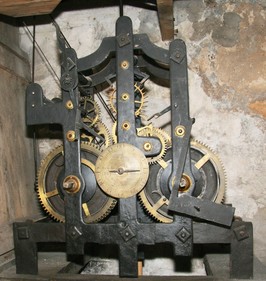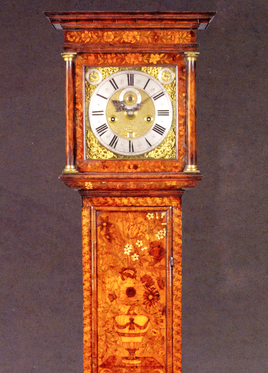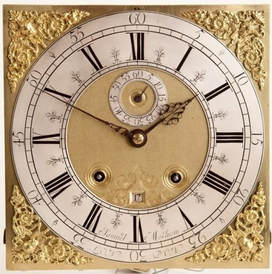The Rothbury Sundials - Article in Clocks Magazine of November 1991.
By Keith Bates
NOW available for online purchase.
" I’m very pleased with your book, especially the photos ( the clock on the cover is one of my favourites!!)"
Neil – Southampton
Neil – Southampton
Early Clock and Watchmakers of the Blacksmiths' CompanyKeith's years of research into the Blacksmiths' Company have uncovered the history of many clock and watchmakers. Contains over 400 illustrations and a directory of over 1,500 clock and watchmakers...many previously unknown.
Early Clock and Watchmakers of the Blacksmiths’ Company Now available for purchase for £79 plus FREE P&P (UK delivery) or £30 P&P (EU & USA delivery) |
"Your wonderful book arrived today in beautiful condition."
Travis – New York
Travis – New York
|
|
|
"I have been away and recently returned to find your quite magnificent book. Many congratulations of a fine and fascinating work. It will be of much interest here – particularly the William Clement research. The whole book is beautifully presented."
Lesley – London
Lesley – London

